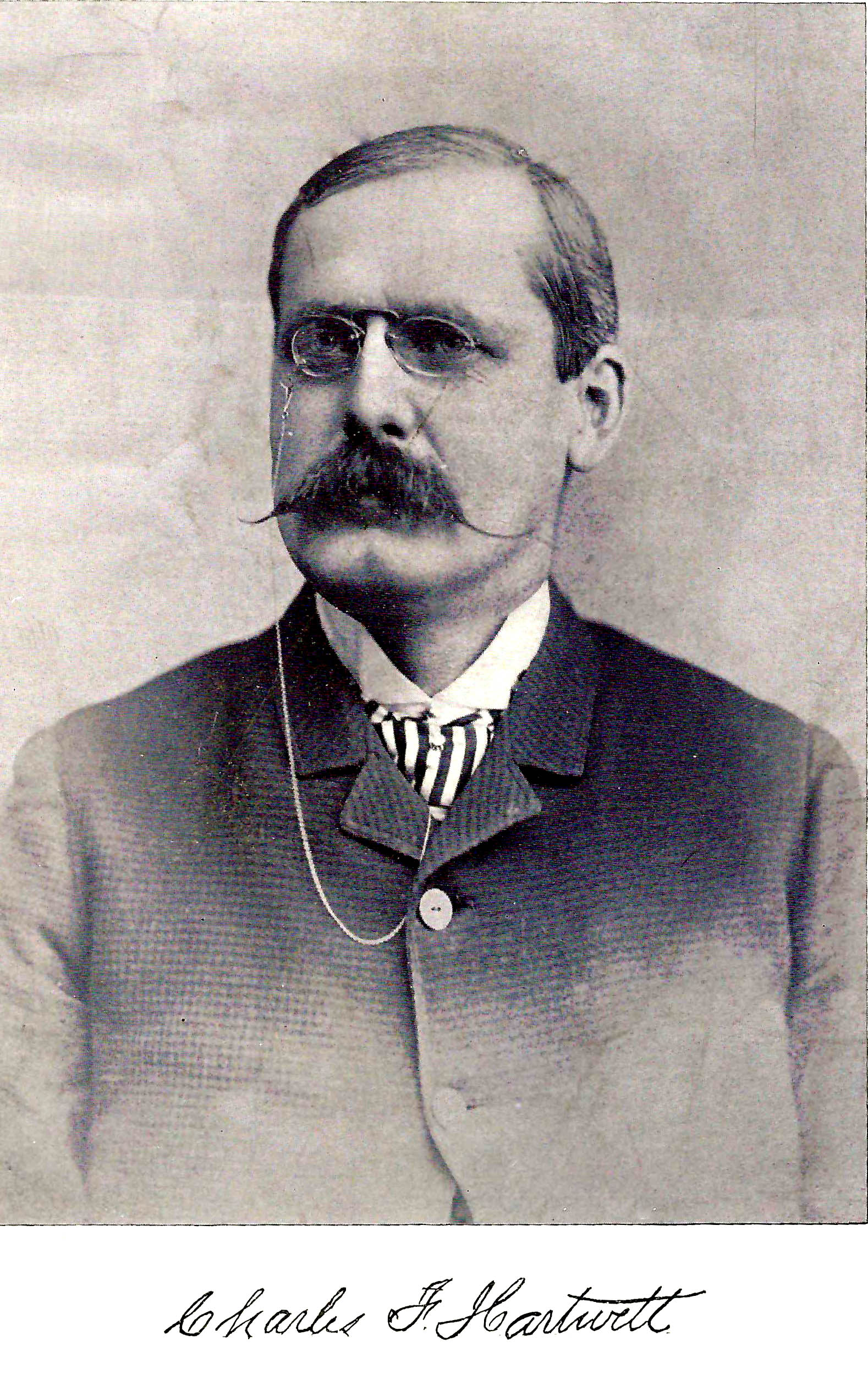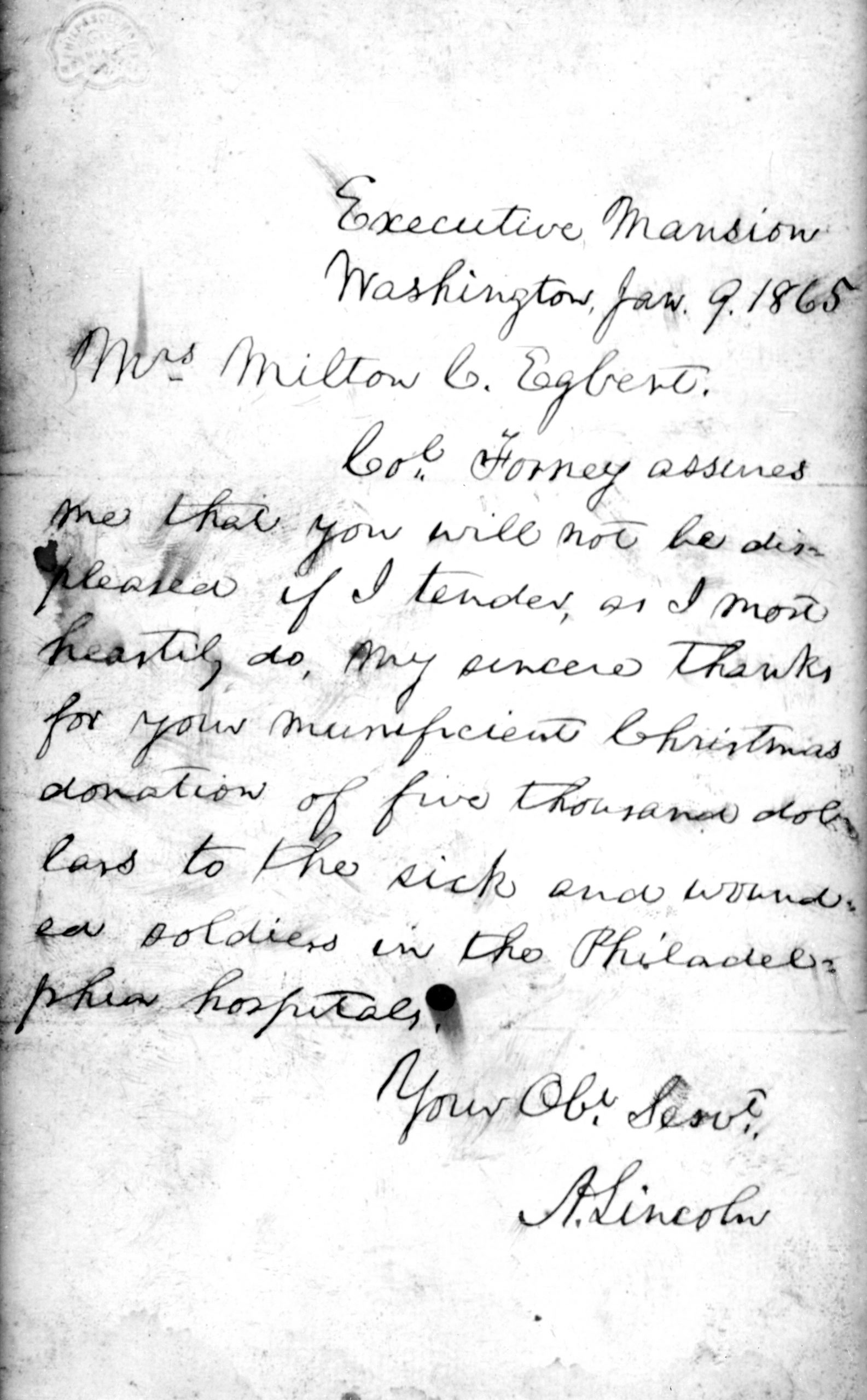Grove Hill Legends
- Judy Etzel
- September 15, 2023
- Hidden Heritage
- 15755
Grove Hill Cemetery, a sprawling graveyard on Oil City’s North Side, was dedicated in June 1871. Stories relating to the people buried there offer a keen glimpse into the city’s early and illustrious history.
A September 2023 cemetery walk, one of several held over the years by the Oil City Heritage Society, focused on a number of men and women who lived, worked, raised families, offered charitable and civic assistance and more during the city’s birth. The tour included parts of Grove Hill Cemetery and adjacent old St. Joseph Cemetery.
Here is a sampling of those individuals who were part of the community, founded shortly after Col. Drake’s well near Titusville launched the petroleum industry and incorporated in 1871, as it was coming together.
Charles Hartwell
The 1864 Yale University graduate, a native of Massachusetts, served in the Navy during the Civil War and came to Reno with General Burnside in 1865. In Reno, he served as commander of the community’s GAR post.
After a railroad venture went bankrupt, Hartwell moved to Oil City in 1871 and joined a wholesale coal business. He later formed his own company which was very profitable.
James Lewis
Born in Wales, Lewis ran away at age 12 when his parents died and took a job as a cabin boy and later sailor for the East India Co. He ended up In New York City in 1863 and joined the military. He fought in several Civil War battles but was severely injured at the Battle of Petersburg. Hospitalized in Virginia, Lewis recovered and worked as a laborer, fireman and later engineer for the Allegheny Division of the Pennsylvania Railroad.
He and his family, which included seven children, lived in Oil City where he was active in the GAR, appearing in every post parade for funerals and holidays.
William Hasson
The Shippenville native, who served as a captain in the Pennsylvania Volunteer Infantry in the Civil War and was severely wounded, worked in Pittsburgh and at an iron furnace in Armstrong County before moving with his parents to Oil City. Intrigued by the petroleum industry, Hasson formed the Graff, Hasson & Co. that owned much of the land that is now the North Side business district.
He was active in the oil industry and established the First National Bank of Oil City. He donated land for the first Oil City Hospital, schools, churches, recreational areas and Hasson Park.
Major Amy
Amy served as a musician and drummer boy in the Civil War and was wounded twice. After the war, he moved to Oil City to assume ownership of his father’s grocery store. He later created one of the largest bakeries in northwestern Pennsylvania.
He left the bakery business and worked at Oil Well Supply and later National Transit. Active in the GAR, he served as junior commander in the local Rutherford B. Hayes Post.
Michael Geary
Geary’s father immigrated from Ireland to the United States. When his family arrived five years later, they learned he had died of cholera. The family moved to New York where Michael grew up on a farm.
He left to fight in the Civil War at age 17 and drove wagons. After the war, he worked briefly in Erie and then came to Oil City in 1876 where he started the Oil City Boiler Works and Oil City Tube Co. It employed as many as 2,000 men and the businesses were kept open even during bad times when no profit was being made in order to keep the men employed.
Geary bought the Collins House on Seneca Street and refurbished it, renaming it the Arlington Hotel that was known as the city’s top first class hotel.
He was a director of the Opera House, stockholder in the Oil City Trust Co. and president of Enterprise Milling Co.
Charles E. Heuston
Heuston came to Oil City with William Hasson and worked in a store owned by Hasson. He fought in several major Civil War battles and was wounded at Gettysburg. While on active duty, Heuston was ordered to hang a “refractory” private up by his thumbs for punishment. Heuston refused and was cited for court martial for disobedience.
Years later, accounts noted that his good record was “set so forcibly” before the military board that he was vindicated and his pension restored.
Heuston, who was a second lieutenant serving under Captain William Hasson, was described by his commander as “a better soldier never enlisted in the Union Army – what more could be said of a man who was risking his life for his country?”
Heuston settled in Oil City where he served as chief of police and First Ward constable.
Robert Renwick
Renwick grew up on a farm in Angelica, New York, and held a variety of jobs – painter, justice of the peace, associate judge. At the age of 48 he enlisted in the Army and served in the Civil War until wounded in the Battle of Fair Oakes. His three sons also served in the Civil War.
Renwick came to Oil City in 1865 and briefly worked in the grocery business. He left for a few years but returned. He and his wife had eight children.
Thomas Porteous
The Scottish immigrant came to Oil City in 1863. He lost a fortune when his company, the Pithole Railroad, collapsed and he turned his attention to developing a residential area, in partnership with Philo Clark, above Main Street on the Clark’s Summit hilltop.
The site boasted a racetrack, residential lots and a 1,600-foot long incline railway that led up to the top of the hill. While the residential tract was partially successful, it stalled when what would be the South Side of Oil City opened up for development.
Bryan Simpson
Born in Barbados where his family was in the sugar cane business, Simpson immigrated to the U.S. at the age of 21 and took a job with the Atlantic & Great Western Railroad. He was transferred to the company’s Green Line office in Oil City where he became experienced in the shipment of railroad oil tank cars. That led to a job as manager of the National Transit’s shipping department. He married Ada Lay, daughter of William Lay who owned much of what was called Laytonia on the city’s South Side. Simpson was instrumental in the founding of the Oil City Boat Club at Rockmere.
Emma Taft Egbert
Emma married Dr. Milton Egbert at the young age of 17. Milton and his brother, Albert, both present on the day Edwin Drake struck oil near Titusville, bought land in what would become Petroleum Center. They scraped together $200 for a down payment by selling Albert’s horse to Drake. Their wells were prolific and it is estimated that the oil income from 1862-65 from the property totaled $6 million.
During that time, Emma’s brother had been hospitalized in Philadelphia after being wounded in the Civil War. Emma persuaded her husband to donate enough money to provide Christmas dinner to all 7,212 soldiers in the 15 Philadelphia hospitals. He agreed and sent $5,000 to cover the expenses.
In return, President Abraham Lincoln sent a personal letter to Emma thanking her for the “munificent Christmas dinner … to the sick and wounded.”
After a four-month trip to Europe, Emma and Milton built a house in Petroleum Center. It is believed to be the first home ever heated and lighted with natural gas, all piped in from the physician’s oil fields.
After Milton and later her son died, Emma returned to Oil City and lived in a boarding house on Central Avenue.
Sarah Turner Gayle
Sarah and her family traveled aboard the steamer LeClaire in 1861 from Armstrong County to the oil region where her father expected to make his fortune in the oil industry. He was named the first IRS collector in Oil City.
She married Archie Gayle in 1876. He worked as a postal clerk and later baggage agent for the Pennsylvania Railroad and the family lived at 412 W. 2nd St. Their daughter, Bess, taught school at the Central Avenue and Innis Street schools.
When she turned 100, the local newspapers began to feature her as a loyal voter, walking every election to cast her vote at the local voting precinct site. She commented to a reporter that she would never miss the opportunity to vote – she had to wait until she was 73 before women were allowed to vote.
Civil War Veterans
Dozens of Oil City area men who served in the military during the Civil War are buried at Grove Hill Cemetery. The annual cemetery tour called attention to several of them.
In addition to Hartwell, Lewis, Hasson, Amy, Geary, Heuston and Renwick, whose grave sites were visited during the tour, the Civil War veterans included Richard Hopkins, Jacob Holtzworth, Wells Sherick, Robert H. Gray, Augustus Hill, Daniel Fisher, John R. Steele, Jerome Donze, Jacob Stein, Isaac N. Hinderliter, Thomas J. Springer, Samuel Haynes, David Borland, Conrad Heasley, William Dwyer, Edward Hennessey, Albert Breckenridge, Solomon Crum, Edward Webster, William H. Colling Sr., Hugh Duffy, John Thomas Hawks and Major John B. Maitland.
Their portraits and information about their military service and Oil City history were shared during the Heritage Society’s cemetery tour.
Written by Judy Etzel with research by Kay Dawson and design by Natalie Cubbon.
HIDDEN HERITAGE IS SPONSORED BY:
Helen & Dave Heinzer
Support This Project
Donations to the library are appreciated to help offset printing costs & make this project possible! Want to become a sponsor? Email us at promotions@oilregionlibraries.org to get started!
Make a Donation











